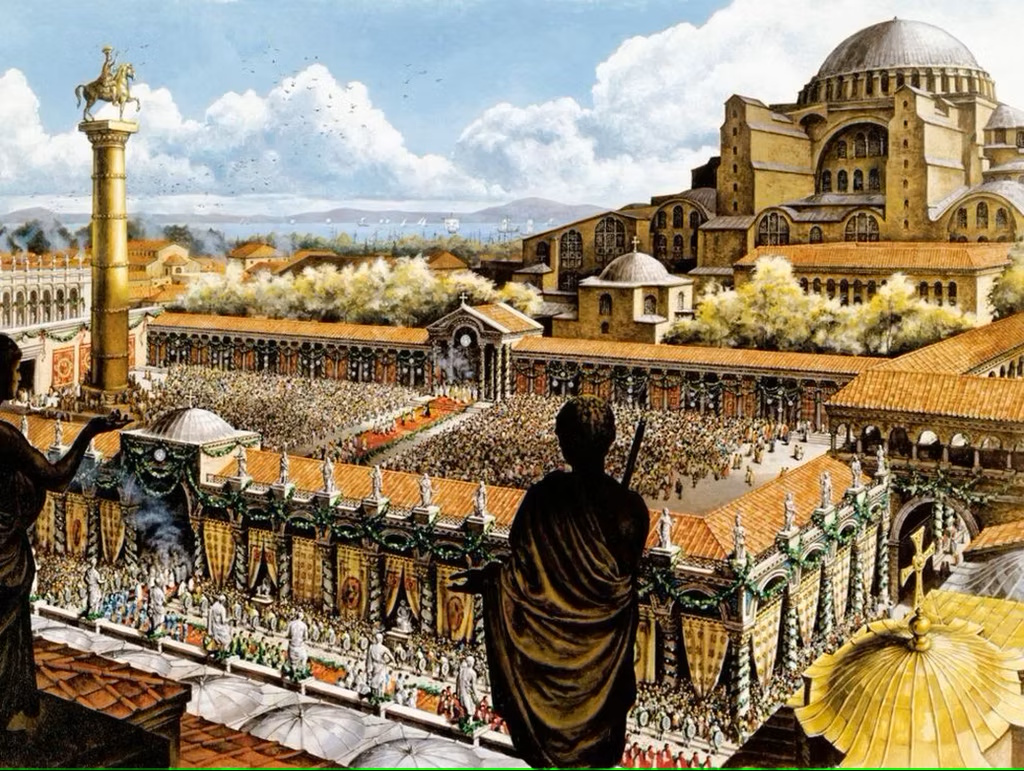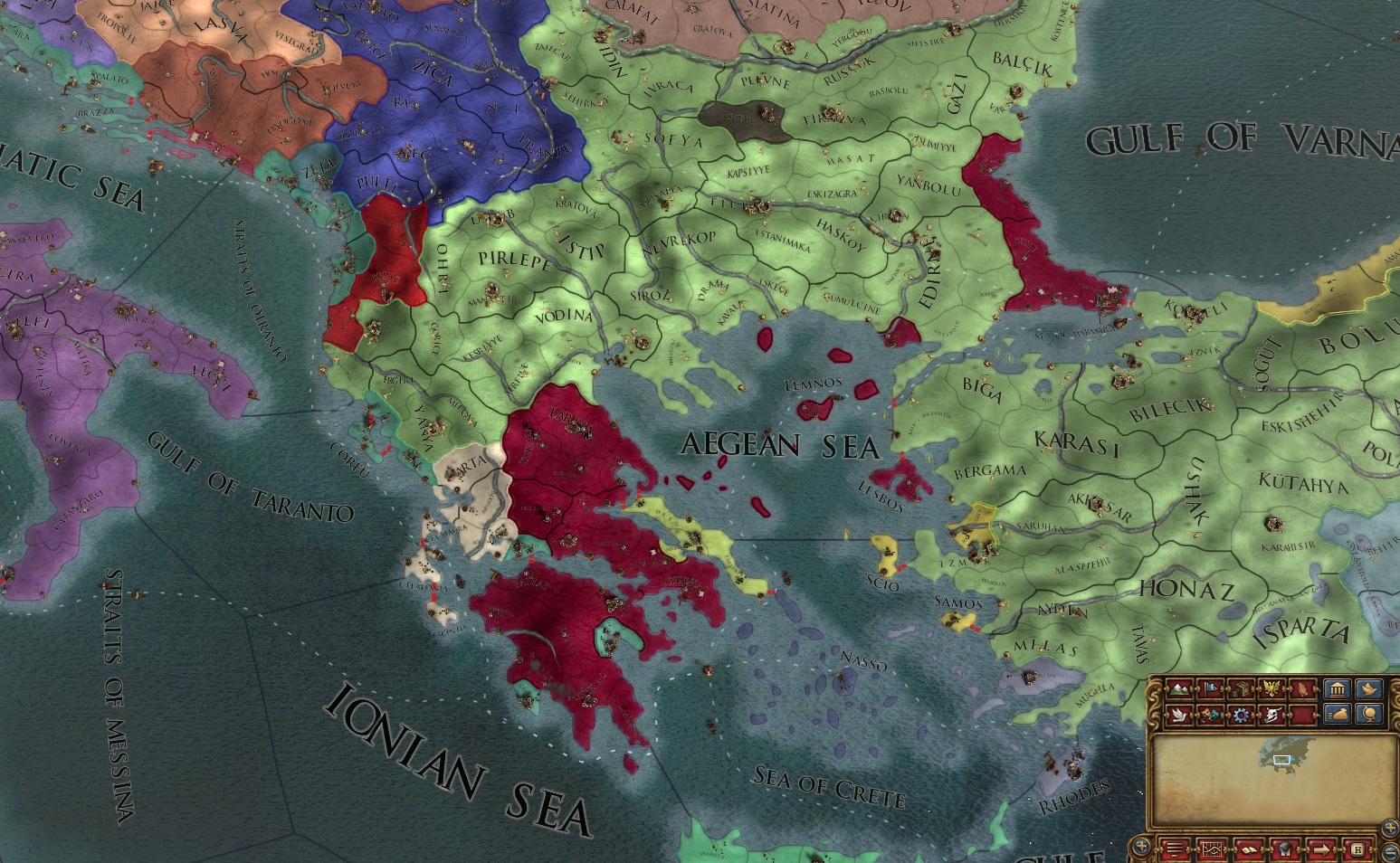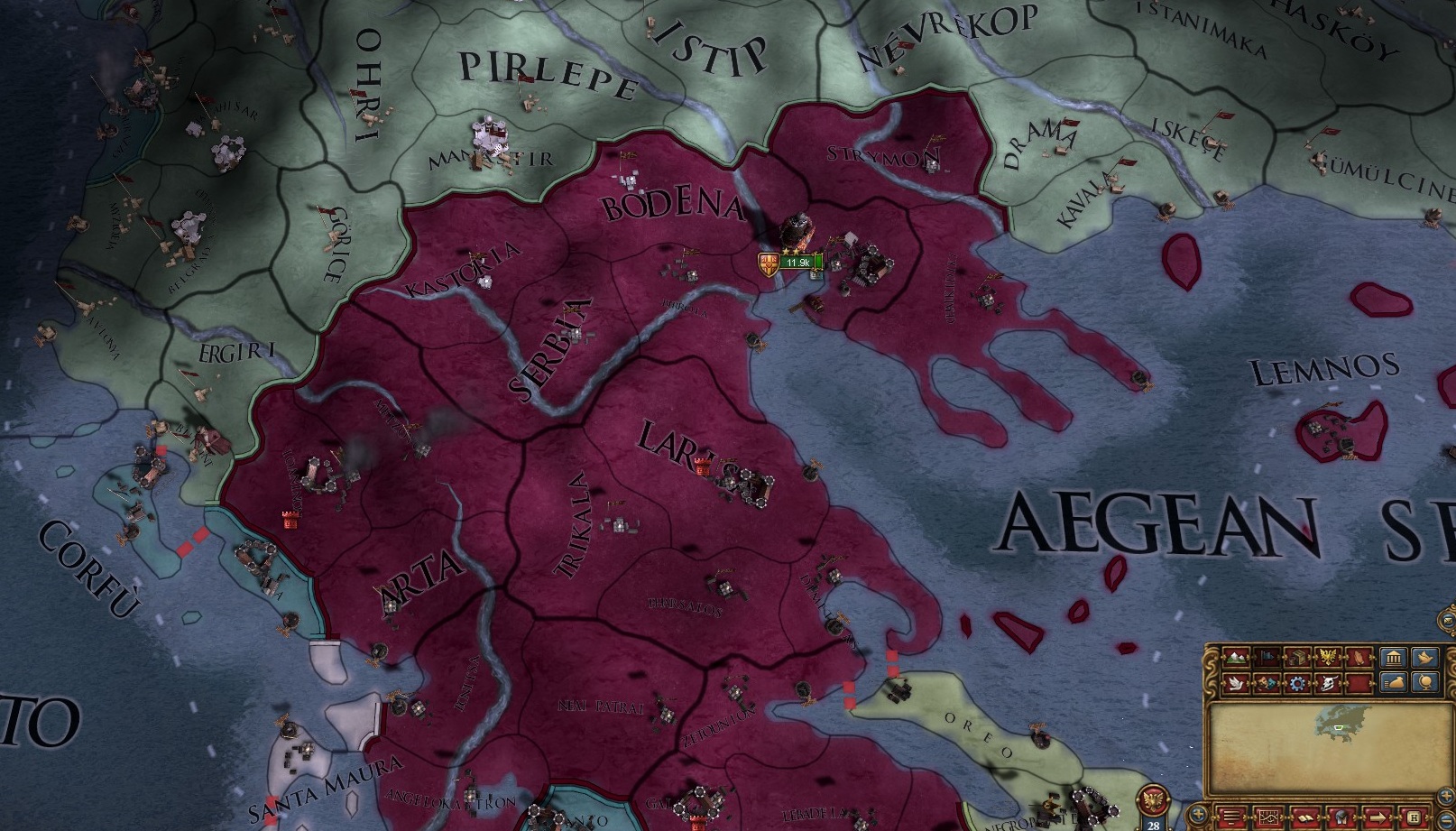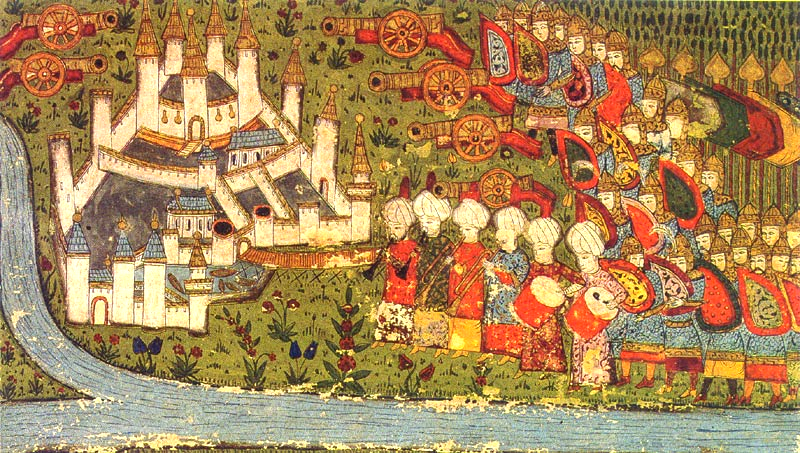History of Romanland in the Early Modern period

The Romans are people of sea and rock:
Whenever one generation goes, another replaces it.
Alas, they will be with you to the end of time
-A Muslim prophecy
Table of Contents
Prologue - Saint Ioannes the Merciful 
The Romans are people of sea and rock:
Whenever one generation goes, another replaces it.
Alas, they will be with you to the end of time
-A Muslim prophecy
Table of Contents
Part I: The Four Brothers
Chapter I: The Council of Florence
Chapter II: Triumph of the Despot
Chapter III: The Eleventh Hour
Chapter IV: The Red Apple
Chapter V: The Peaceful Exit
Chapter VI: The Rebel and The Lawgiver
Chapter VII: Imperial Execution
Chapter VIII: Last of the Old Breed
Part II: The Lion and the Dragon
Chapter IX: The Persian Prince
Chapter X: Leskovac
Chapter XI: Darius and Alexander
Chapter XII: The March Degree
Chapter XIII: The Great Turkish War part I: Kallipolis
Chapter XIV: The Great Turkish War part II: the Liberator
Chapter XV: Empire of the Romans
Chapter XVI: Battle of Khalkedon
Part III: On the cusp of a New World
Chapter XVII: The Bean Counter
Chapter XVIII: The Successor
Chapter XIX: Many Years!
Chapter XX: Justinian and Theodora reborn
Chapter XXI: Grand Tour, Militant Pope, and the Wrath of God
Chapter XXII: Wallachia and the White City
Chapter XXIII: The Sixth Council, and Albania
Part IV: Struggle for Empire
Chapter XXIV: The Anabasis of Ioannes part I: the Young Tatar
Extras
Family Tree 1405-1505
Emperors of the Romans
1424-1448 Ioannes VIII Laskaris
1448-1462 Konstantinos XI Dragases Laskaris
1462-1463 Demetrios Laskaris (with brother Thomas)
1463-1468 Thomas I Laskaris (with brother Demetrios until 1463, with son Andreas 1467)
1468-1477 Andreas Laskaris (with brother Manuel III 1476)
1477-1489 Manuel III Laskaris
1489-1496 Basileios III Argyros (senior co-ruler with Thomas II)
1496-1505 Thomas II Laskaris
1505-1520 Isaakios III Notaras (with wife Katarina, and sons Theodoros 1505 and Ioannes 1506)
1505- Katarina Laskarina (with husband Isaakios III and sons, see above, with grandson Konstantinos 1520)
Last edited:









